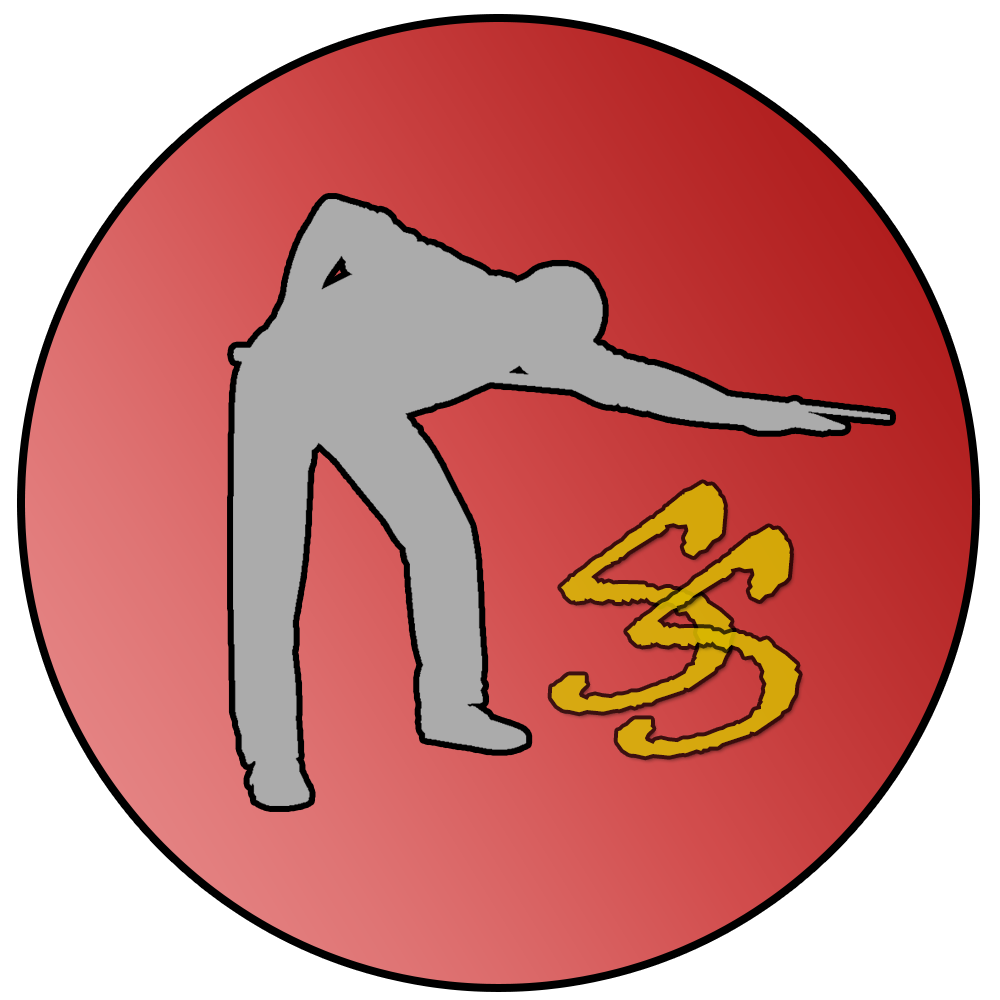This post mainly serves to outline the different types of events that are played throughout the typical snooker season. Surprisingly, there are more categories than just ‘Ranking’ and ‘Non-Ranking’ tournaments; so let’s dive into it and get the commonly known events out of the way.
Ranking events are your standard tournaments in which participation contributes to a players overall world ranking, depending on how well they perform. Tournaments include your Triple Crowns (except Masters), Home Nations and Coral Cup events. These tournaments which contribute to a players ranking can often determine whether they qualify for certain non-ranking events.
Non-ranking events do not contribute to a players world ranking position but they often involve tournaments which offer a high pay-out for the victor. Sometimes known as ‘invitational’ events because only certain players can participate based on either their rankings or performance in the previous iterations. Events include The Masters (including Shanghai), Champion of Champions and the Champions League. There are significantly fewer non-ranking tournaments than there are ranking.
Another variation of snooker events include, well, Variant Events. The best way to describe these are that they typically stray away from the conventional rulings of a typical snooker game. The most known (and only) variant tournaments are the 6-Red events – where games are played with only 6 reds on the table as opposed to the usual 15. Most would argue that the Shootout is a variant event as well because I think we can all agree, it’s no ranking event. Much like non-ranking and the rest of these types of events, they do not contribute to a players ranking.
The Seniors Events are another category of tournaments which has become increasingly involved in the snooker calendar. Last season there were only 3 events for retired and current players over 40 to compete in, but this has doubled for the 2019/20 campaign. Tournaments include senior equivalents of World and UK Championships, as well as Masters (including Irish) and the British Open.
The most common Team Event that takes place in snooker is the World Cup, normally played by countries that are represented by two of their best players (with the exception of China). This was most recently won by Scotland, who were represented by Higgins and Maguire. There have been other events which follow a similar format, like the Macau Masters last year, or the CVB challenge the year before. Team events aren’t a priority in the snooker calendar but normally, at least one event a year takes place.
Revived recently but worth knowing about, the Challenge Tour events are a series of tournaments which are played throughout the season by those outside the main tour. It serves as an environment for those lower ranked to compete where the top two finalists are given a two year Main Tour card. Previous Challenge Tour alumni include Bingham, Hawkins, Murphy and Gilbert.
Lastly, you have Pro-Am events. Most will know what these are but they allow professionals and amateur players to compete with each other. They are normally held towards the beginning of a season and some events, like the Pink Ribbon often raise proceeds for charity. Previous pro-ams include the Vienna and Belgium Open.
Considering how many tournaments are held in a typical season nowadays, it’s no surprise that there are so many different types of events. Are there any kinds of tournaments you want to see going forward? Should there be more variant events? Or perhaps you think some of these events aren’t necessary?
Fun fact: there used to be ‘minor-ranking’ tournaments up until 2016 which worked the same as ranking tournaments but just contributed less ranking points to a player’s tally.





